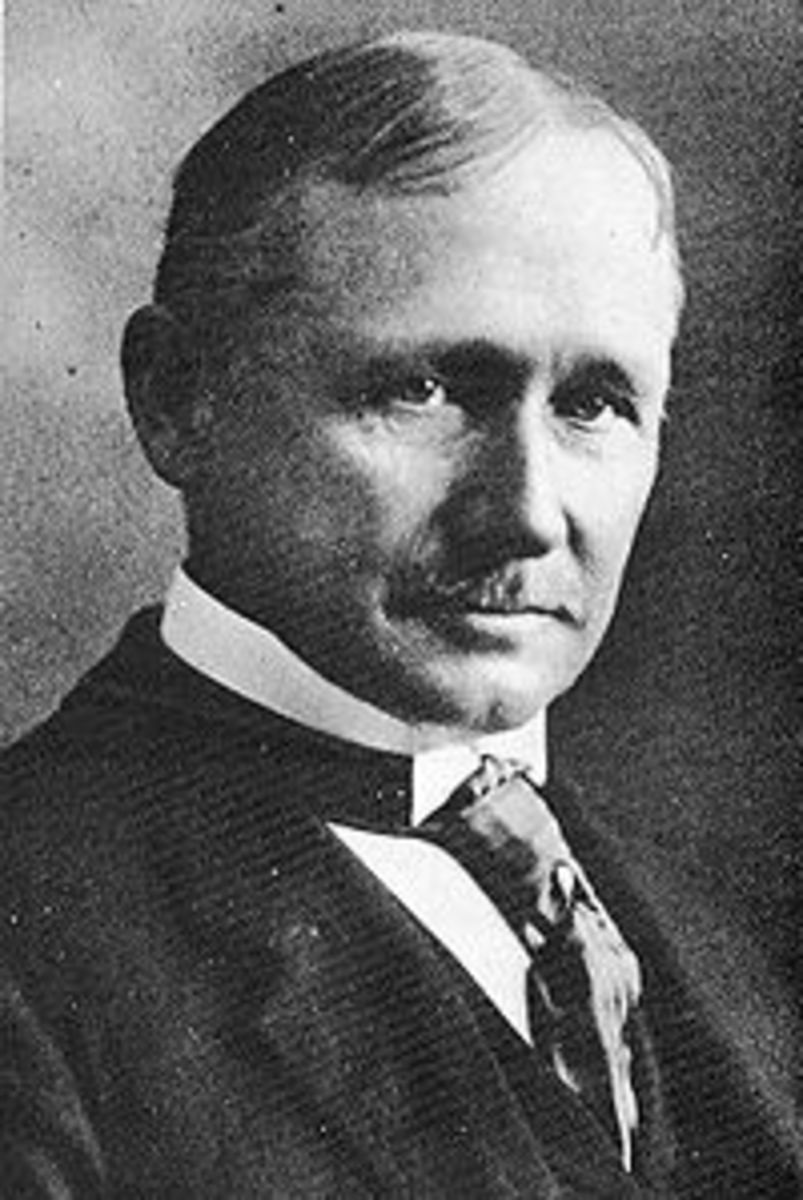Sexual Attraction Theories

While there are several theories on sexuality and attraction, four stick out through the years. The first one of the four and the one that was most used during the sexual revolution of the 60’s and 70’s, is social constructionist theories. In this theory, people supposedly do what they see and what society expects them to do. Young teens are promiscuous because of what they see in the media and singers and actors doing it. As sex became more open and less in the constraints of marriage, more and more people were having sex before marriage. In our society now, sex is not important, it is but a way to relieve one’s physical desire. We are not in the age of “friends with benefits”. “Cultural forces and socialization shape how people assign meaning to their lives, with the result that sexual attitudes and behaviors widely based on culture” (Bushman & Baumeister, 2013).
The second theory about sexuality came out after the first theory and is radically different in terms of the meaning. To this theory sexuality is more innate and a primal instinct of sorts, nature’s way of keeping the species going. “The evolutionary approach sees gender differences as rooted in biology and hence as less flexible and less influenced by politics and culture that is suggested by the social constructionist view” (Baumesiter & Bushman, 2013). This theory also tries to explain why men and women will have differences in the amount of partners that they have. Women can only get pregnant once a year, while a man can father many children in that same year. Thus, men will want to have more partners than women will because they their body knows it can make more children in less time.
This second evolutionary theory would also explain why men and women want different things in the search for sex. Women have more to worry about than just getting impregnated, thus they have to want more from the partner. This may be why women equate sex with a commitment. Men, on the other hand, only want sex. They do not have to stick around to pass on their DNA as women do, so they just want to impregnate and go.
Social exchange theory is also a valid theory on sexuality. This theory purports that sex is a commodity. Women have it and men want it, thus women will use the resource to get what they want from men. While this theory may sound harsh, it may have more truth to it then we would like to admit. Prostitution is a true form of this theory come to life, sex is a commodity and they are paid in cash to allow the man to get what he wants. Marriages have long been a contract between two families, bringing together allies and ideas. Other marriages are based on the assumption that the man will provide, while the women stays home to take care of the family. As traditions change, more households are being ran by women with men at home or not at all in the picture. With this theory in mind, some would say as sex was given away freely, the commodity lost value, so the power of it did as well.
Attachment theory for sexuality has changed through the years. The first inception of this line of thinking from John Browlby back in the eighties, focused on how the childhood affected the adult through their lives as they age. “The original theory identified three types of attachment” (Baumeister & Bushman. The theory later transformed away from the childhood, to three classifications that was described by Philip Shaver and his colleagues. There are two extreme sides, as well as those in the middle that would be considered secure individuals. On one extreme you have anxious, those that cling too tight and smother the other person. The other side of the extreme is avoidant behavior, pushing people away and the like.
To me, all theories have some validation, as well as some holes. Evolutionary theory makes the most sense and has the most validity in my opinion. We as humans, have a desire to procreate and the theory that it is all innate seems to make the most sense. There is a big difference in the average man and women sex drives, as well as their reasoning for wanting it. This theory seems to explain more than the others, although there are some holes in the theory. We are more than just our innate urges. I of course am coerced by my innate urges, like most people.
REFERENCES
Baumeister, R.F., and Bushman, B.J. (2011) Social Psychology and Human Nature, (2nd ed) Wadsworth, Cengage Learning








